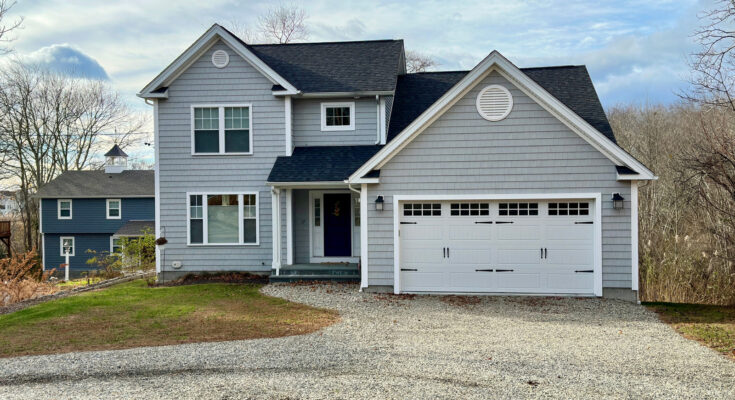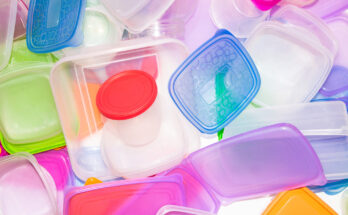Why Adding More Gravel To An Existing Gravel Driveway Won’t Solve Your Problems
Gravel can make for a simple, effective driveway solution that is easy to work with and install. The convenience is pretty hard to beat, but that doesn’t mean there aren’t downsides. There are plenty of mistakes people make when building out a gravel driveway, like not researching topics such as the types of gravel that are best for driveways, not to mention the plethora of possible mistakes made when it comes to maintaining such driveways over the course of their lives. Once your gravel driveway needs some TLC, the solution isn’t to simply add more gravel: in fact, experts say that adding more gravel could negatively impact drainage, make the driveway surface uneven, and cause other woes.
We talked exclusively with Brett Labeka, who is a virtual handyperson at Frontdoor, an online service that allows homeowners to speak with experts about issues they might be having in their home’s maintenance. Labeka outlined the common problems that result from adding gravel to a driveway that’s having issues. The first negative consequence could be poor drainage. “New gravel may not follow the correct slope, which can lead to water pooling and erosion,” Labeka said. He also added that this can lead to surface issues. “Dumping gravel without leveling properly can create ruts, bumps, or high spots that can make the surface of your driveway uneven.” Labeka went on to warn that you could also end up creating a loose layer of material that’s prone to displacement. “If not properly mixed and compacted, any new gravel you add won’t bind well with the old base,” he said.
The best way to fix gravel driveway woes
Because of the pitfalls of adding gravel on its own, it’s important to find other lasting solutions that will keep your gravel driveway fixed in place. If you need to regrade your gravel driveway, be sure to do that before adding any more gravel, especially because of potential weed regrowth. “Adding more gravel without regrading can create pockets in your driveway through which weeds can easily take hold,” Labeka shared in his exclusive interview with House Digest. That being said, the first step for proper regrading is to remove grass or weeds. Then, you should use a rake or box blade to level the gravel that’s already there. Finally, Labeka said you should try to create a rise in the center of the driveway to encourage drainage. “Consider a crown, as this will not only help water drain effectively, but it will also prevent standing water and erosion. Your center crown should be about 1/2 inch to 1 inch per foot of sloping toward the edges of your driveway for water runoff,” he said.
And, if your driveway has holes or puddles that need to be fixed, well, there’s also ways to avoid just laying on gravel to those blemishes. “First, shape the hole using a shovel to widen and square off the edges of the hole,” Labeka outlined. Then, you’ll add two-inch layers of course gravel and use a tamper tool to compact the layers and repair the crown. “If you notice that water collects regularly in a specific area of your driveway, you should consider trenching or grading fixes nearby,” Labeka said.
Other mistakes people make
There are plenty of other ways to make minor or major mistakes on your gravel driveway, on top of the error of adding gravel to fix flaws. In his exclusive interview with House Digest, Labeka outlined a few other no-nos that he sees homeowners try. He first warned about not having proper drainage, which can do a lot of damage to the gravel surface. “Ensure that you have a crown in the center of your driveway, and use ditches or culverts to divert water,” Labeka said, imploring homeowners to not overlook the necessity of drains. Using the wrong gravel is another potential pitfall: “Avoid using round pea gravel or overly coarse rock on your driveway. Instead, use ¾ crushed stone — often called crusher run — for stability,” Labeka noted.
Of course, one of the issues with adding gravel to a driveway is that you might not be compacting it, which is a big issue. Labeka recommends using a plate compactor or roller every time new layers are added. “You should always regrade the surface to restore proper slope and crown,” he instructed. His final suggestion for homeowners is to take steps to regularly maintain their gravel driveways. “Don’t let ruts, potholes, or weeds go unattended to for too long,” Labeka said. “Address these issues early if they arise.”



